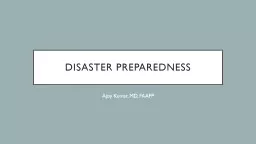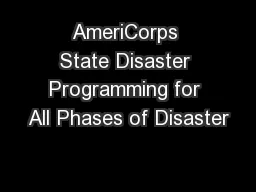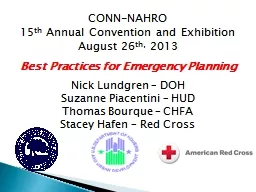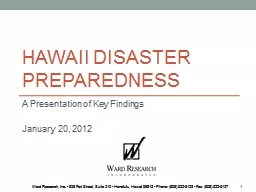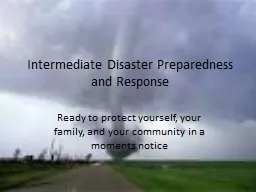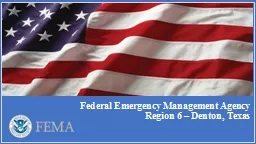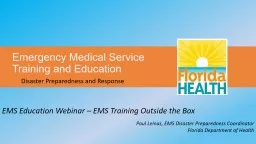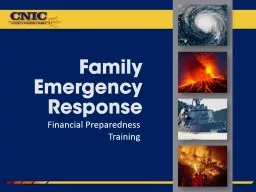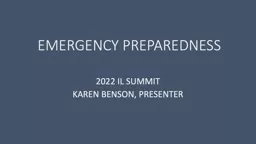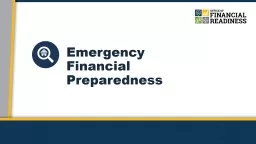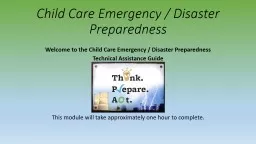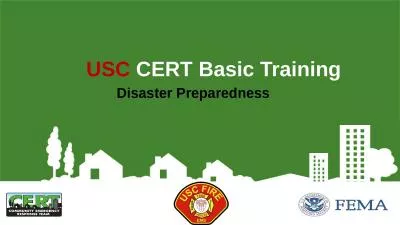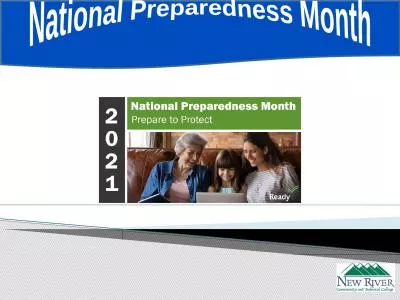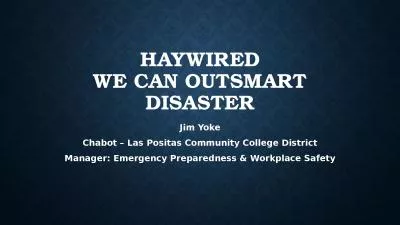PPT-Disaster Preparedness Ajoy Kumar, MD, FAAFP
Author : luanne-stotts | Published Date : 2018-12-09
Objectives Systems National Level Regional Level State Level County Level City Level CONOPS Similar Scale Different Systems Federal Emergency Management Administration
Presentation Embed Code
Download Presentation
Download Presentation The PPT/PDF document "Disaster Preparedness Ajoy Kumar, MD, FA..." is the property of its rightful owner. Permission is granted to download and print the materials on this website for personal, non-commercial use only, and to display it on your personal computer provided you do not modify the materials and that you retain all copyright notices contained in the materials. By downloading content from our website, you accept the terms of this agreement.
Disaster Preparedness Ajoy Kumar, MD, FAAFP: Transcript
Download Rules Of Document
"Disaster Preparedness Ajoy Kumar, MD, FAAFP"The content belongs to its owner. You may download and print it for personal use, without modification, and keep all copyright notices. By downloading, you agree to these terms.
Related Documents

